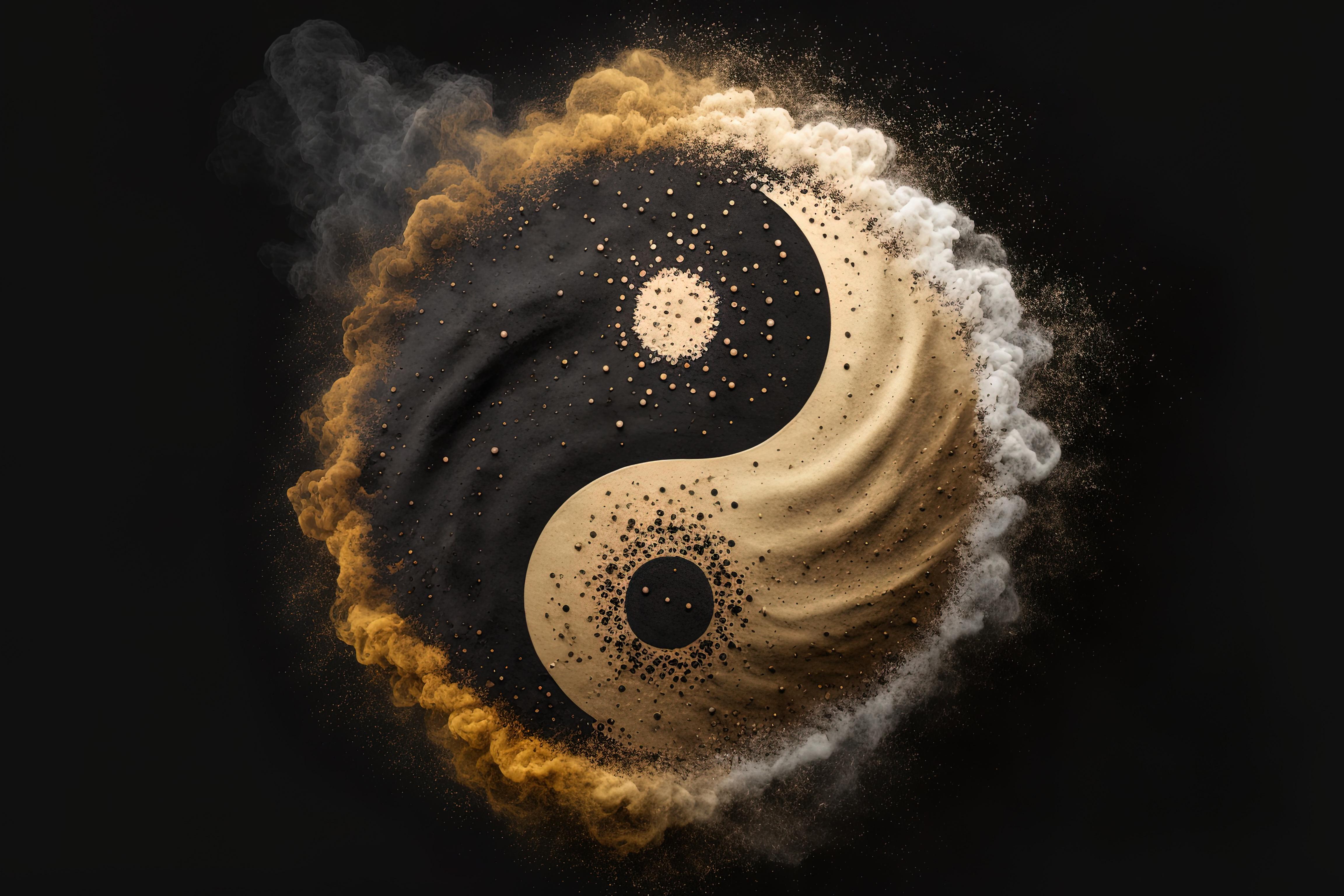Introduction: What Is Yin and Yang?
Yin and Yang is one of the most enduring concepts in Chinese philosophy, symbolizing the dynamic balance between opposing but complementary forces. From nature and health to emotions and lifestyle, Yin and Yang help explain the ebb and flow of energy that shapes everything in the universe.
This concept isn’t just ancient wisdom—it’s a powerful tool for finding harmony in modern life.
The Meaning of Yin and Yang
Yin (阴) and Yang (阳) are not static opposites but interconnected forces that constantly interact, transform, and balance each other.
-
Yin represents: darkness, cold, rest, femininity, intuition, passivity, the moon, and water.
-
Yang represents: light, heat, activity, masculinity, logic, assertiveness, the sun, and fire.
Rather than a battle between good and evil, Yin and Yang symbolize complementarity and interdependence. One cannot exist without the other, and together they form a whole.
The Symbol: Taijitu (☯)
The familiar black and white circle is called the Taijitu, where:
-
The black side (Yin) contains a small white dot (Yang),
-
The white side (Yang) contains a small black dot (Yin).
This illustrates that within each force, there is a seed of its opposite. Balance is not static; it’s dynamic and ever-changing.
Origins and Philosophy
The concept of Yin and Yang originated from Taoism (Daoism) and ancient Chinese cosmology. It’s deeply embedded in traditional Chinese medicine, martial arts (like Tai Chi), feng shui, and Eastern spirituality.
According to the Tao Te Ching by Laozi, balance and flow—not control—lead to harmony and natural order.
Yin and Yang in Daily Life
Understanding Yin and Yang can help you:
-
Manage energy levels: Alternate work (Yang) with rest (Yin).
-
Improve relationships: Balance assertiveness (Yang) with empathy (Yin).
-
Make better health choices: Cool foods like cucumber are Yin; spicy foods like chili are Yang.
-
Design mindful spaces: Use lighting, color, and layout to create Yin (relaxing) or Yang (energizing) environments.
When life feels off-balance, it often means Yin and Yang are out of sync. Restoring balance—whether through diet, sleep, movement, or emotional regulation—leads to well-being.
Yin and Yang in Health and Wellness
In traditional Chinese medicine (TCM), illness is viewed as an imbalance of Yin and Yang within the body.
-
Excess Yang may cause inflammation, irritability, or insomnia.
-
Excess Yin may lead to fatigue, coldness, or depression.
Practices like acupuncture, herbal remedies, Qigong, and Tai Chi aim to restore this internal balance.
Applying Yin and Yang to Modern Life
In a world dominated by Yang energy—productivity, speed, competition—many people suffer from burnout and anxiety. Inviting more Yin energy (rest, stillness, introspection) helps bring your life back into balance.
Try this:
-
Morning routine (Yang): Energizing music, sunshine, movement.
-
Evening routine (Yin): Candlelight, journaling, gentle stretching.
-
Work (Yang) balanced with Play/Rest (Yin).
Final Thoughts: The Power of Balance
Yin and Yang teach us that life is not about extremes, but about harmony. By recognizing and honoring the natural rhythms in your body, relationships, and environment, you can live more peacefully, intentionally, and in alignment with the world around you.


